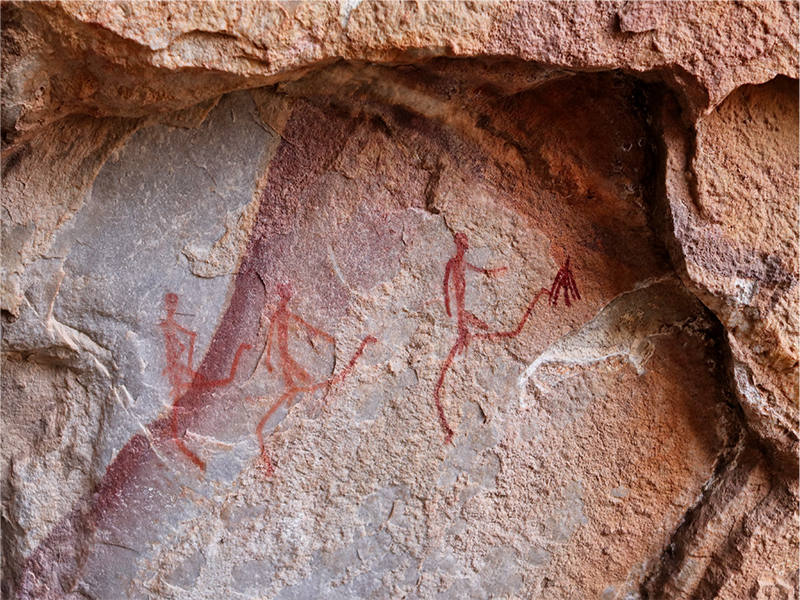Researchers from the UBU participate in a study that confirms that Neanderthals had symbolic capacity
Researchers from the UBU participate in a study that confirms that Neanderthals had symbolic capacity
30th January 2023
 Rebeca García González González, Laura Rodríguez García, and Ana Álvarez Fernández, researchers at the Laboratory of Human Evolution of the University of Burgos, have participated in the study published in the prestigious journal Nature Human Behavior on a Neanderthal hunting sanctuary in Pinilla del Valle.
Rebeca García González González, Laura Rodríguez García, and Ana Álvarez Fernández, researchers at the Laboratory of Human Evolution of the University of Burgos, have participated in the study published in the prestigious journal Nature Human Behavior on a Neanderthal hunting sanctuary in Pinilla del Valle.
This research, led by Enrique Baquedano, Juan Luis Arsuaga, and Alfredo Pérez González, shows that skulls of large herbivores were used as hunting trophies 40,000 years ago by the Neanderthals. At the Cueva Des-Cubierta site in Pinilla del Valle, an exceptional set of skulls of large herbivores have been recovered, some of them associated with small fires. The skulls recovered from this exceptional site belong to the species Bison priscus (bison), Bos primigenius (aurochs), Cervus elaphus (deer), and Stephanorhinus hemitoechus (rhinoceros). All the skulls were prepared by Neanderthals following the same pattern: they removed the jaw and maxilla, consumed their brains, and left the part of the skull with the horns or antlers as a hunting trophy.
This activity continued for at least several generations, which introduces the concept of a cultural tradition that would have been passed on from generation to generation. According to the researchers, this behavior of Neanderthals is not related to subsistence activities, but is more likely to their symbolic abilities. This result challenges the theory that our species (Homo sapiens) was the only one with the ability to attribute concepts to symbols. The findings in the Des-Cubierta cave force us to reconsider the idea that modern humans are the only ones with symbolic thinking.
The Des-Cubierta Cave, together with the nearby Cueva del Camino. Abrigo de Navalmaíllo, Cueva de la Buena Pinta, and Cueva Chica form part of the archaeological site "Calvero de la Higuera de Pinilla del Valle", protected as an Asset of Cultural Interest (BIC). Since 2002, archaeological excavations have been carried out every summer for at least a month in this enclave.
The three researchers from the Human Evolution Laboratory have been actively involved in these excavation campaigns since 2009, as well as in the scientific publications derived from this activity. Rebeca García González and Laura Rodríguez García already participated in 2012 in the publication on the archaeo-palaeontological remains recovered in the Cueva del Camino. The two researchers studied the two human teeth recovered from the site in this article. Their analysis showed that these teeth belonged to the same individual, a young Neanderthal.
Ana Álvarez Fernández is currently finishing her Doctoral Thesis, under the supervision of Rebeca García González, together with Belén Márquez and Juan Luis Arsuaga. In this thesis, which focuses on the traceological study of lithic tools, one of the sites under study is the Abrigo de Navalmaíllo.

